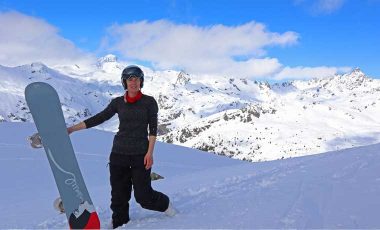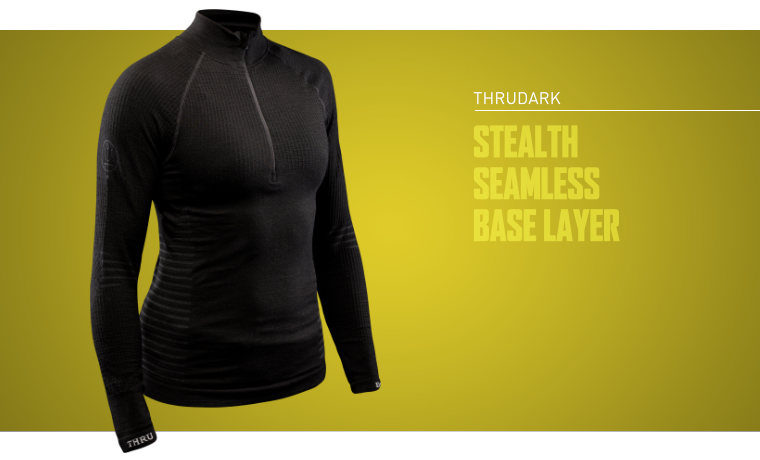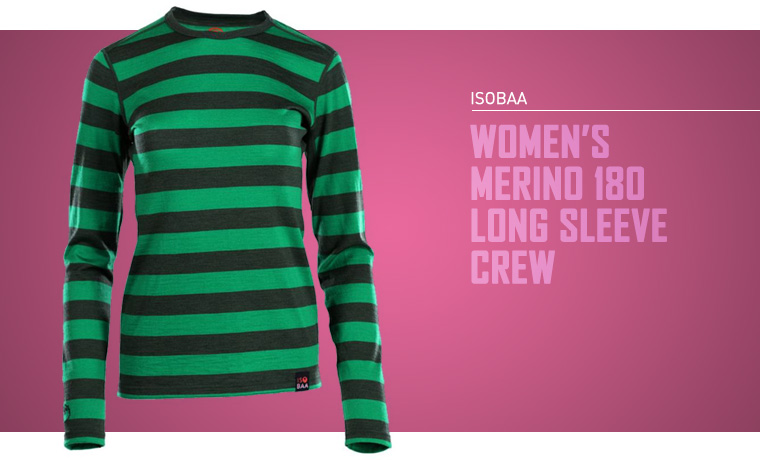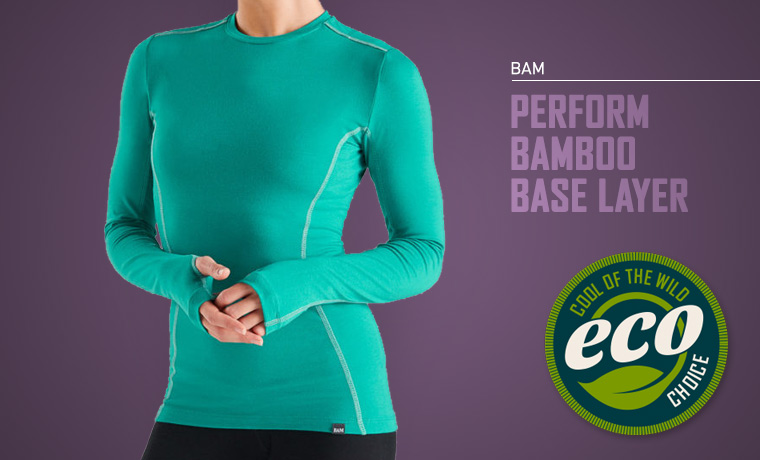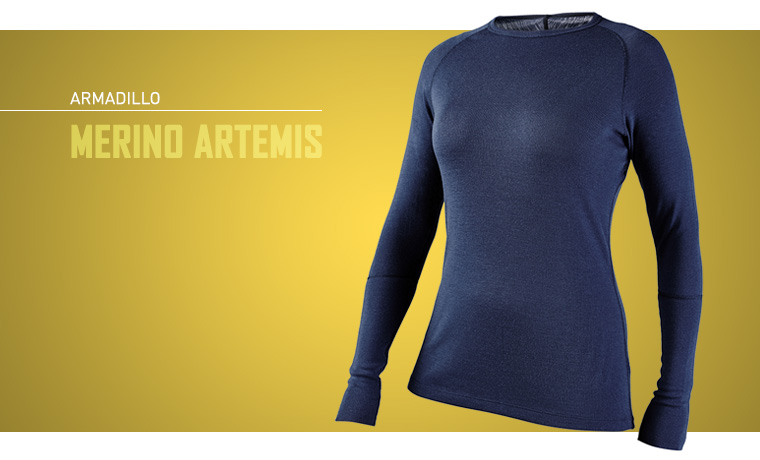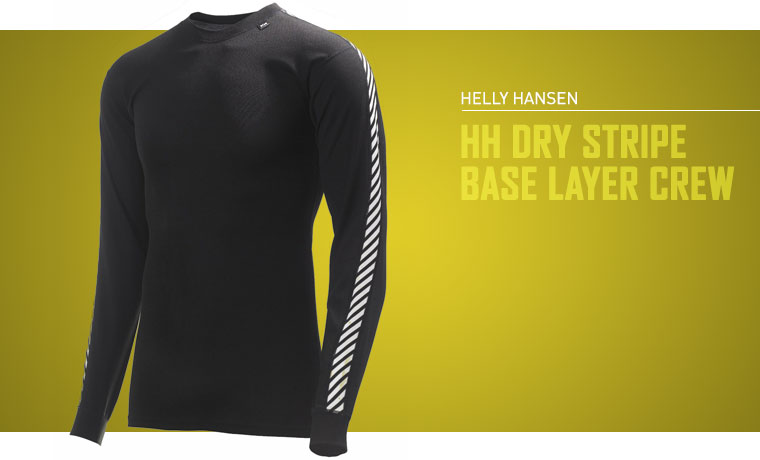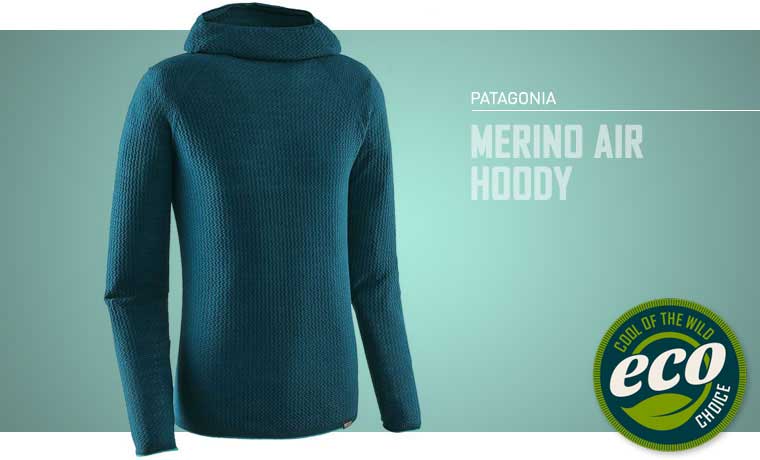One of the most important items of clothing for skiing and snowboarding is one few people will see: the thermal base layer. Designed to wear underneath your ski jacket and mid-layer (if it’s cold enough), your base layer top should be comfortable and lightweight while still keeping you warm and dry. Some of the best base layers for cold weather are also stylish enough to be worn for a cheeky apres ski session, or as a stand-alone layer when the season starts to warm. Most base layers for skiing are also well suited for wearing when hiking, mountaineering, climbing, camping and even cycling. In fact, we wear base layers most of the year for varying activities in changeable conditions.
An ill-fitting or poorly designed base layer can make your time charging in the snow, touring or splitboarding super uncomfortable, leaving you chafed, cold and damp by the end of the day. If you are serious about getting the best out of every sweet turn in the white stuff, then you need to be serious about wearing the right gear underneath your outer layers. Any old long sleeve top just won’t cut it, so take some time to familiarise yourself with the most important aspects of a base layer top.
Summary of the best base layers for skiing and snowboarding in 2024
This quick overview of the best base layers for skiing and snowboarding gives you a basic idea of which layer might suit you best. But for the full details of each, skip ahead to reviews of the 10 best base layers.
Disclaimer: We use affiliate links and may receive a small commission on purchases.
| Product | Material | Feature | Cost |
|---|---|---|---|
| Arc'teryx Hallam Merino Wool Crew Neck | Merino/polyester mix | Seamless and streamlined fit | $$$$ |
| Smartwool Intraknit Thermal Merino Base Layer Crew | Merino/polyester mix | Ventilated panels | $$$ |
| Thrudark Stealth Seamless Base Layer Top | Merino/polyamide/elastane mix | Zippered high neck | $$$ |
| Ibex Woolies Tech Long Sleeve Crew | Merino/nylon/elastane mix | Optional thumb loops | $$ |
| Odlo Natural + Kinship Warm Long Sleeve Baselayer | Merino/polyester mix | Seamless torso, quick drying | $$ |
| Isobaa Women's Merino 180 Long Sleeve Crew | Merino | Extra length at back | $$ |
| BAM Women’s Perform Bamboo Base Layer | Bamboo/organic cotton mix | Thumb loops | $ |
| Smartwool Merino 250 Baselayer Pattern Crew | Merino | Seamless shoulders | $$ |
| Armadillo Merino Artemis Women’s Long Sleeve Crew Neck | Merino | Double layered cuffs and long back | $$$ |
| Helly Hansen HH Dry Stripe Base Layer Crew | Polypropylene | Fast drying | $ |
| Patagonia Merino Air Hoody | Wool/polyester mix | Hood | $$ |

11 best base layers in 2024
The below selection of base layers have been worn by our reviewers for days, weeks, and in the case of the super durable Helly Hansen HH Dry Crew, years! Our reviewers have skied, snowboarded, hiked, biked and ran in them. They’ve also been worn underneath everyday clothing during the cooler months and some have been trusty companions on trail runs and camping missions.
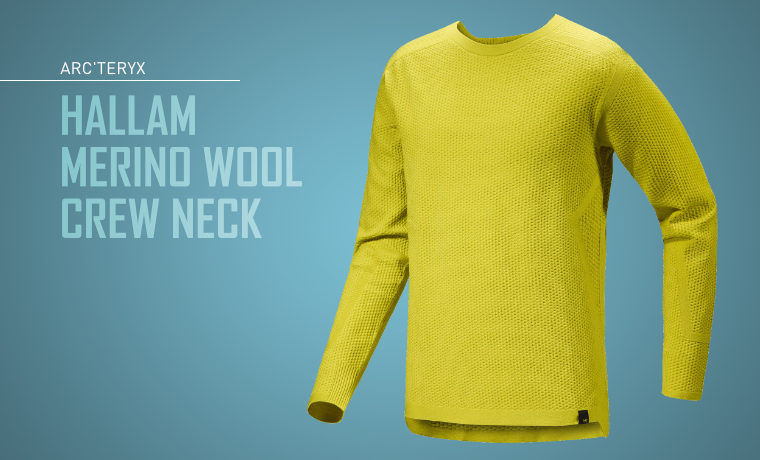

Arc’teryx Hallam Merino Wool Crew Neck
The Hallam Crew by Arc’teryx is a well-made top that is very comfortable, stylish, well-tailored, and incorporates clever material technology. Its closest competitor in this review would be the Patagonia Merino Air hoody. The Hallam also comes in a hoody version.
The Hallam Merino crew neck feels to me like it sits slightly awkwardly somewhere between a base layer and a mid-layer. The cut, long back, low crew neck, and seamless knit technology make it feel like a winter base layer; however, the thickness, weight, and 3D grid pattern suggest a mid-layer.
To me, a base layer should be thin, tight, and have a smooth texture, and a technical winter mid-layer needs to offer more warmth around the neck.
When is comes to sizing, I fit an Arc’teryx Medium well; however, I feel if you plan to use this top as a base layer, then sizing down is a good idea.
I do like this as a piece top, but I am struggling a little to find where its best use lies. As a base layer for cold piste skiing days or other cold, low-aerobic activities where you won’t be sweating too much seems the best place, and it will be stylish. For more aerobic activities like ski touring or ice climbing, a thinner, smoother base layer that would dry faster and move more easily under other layers would be more appropriate.
I do like the seamless knit technology; it feels very comfortable next to your skin, and I feel the synthetic Merino blend will mean that the fabric should be fairly robust over time. The fabric is very advanced with Merino fibers that are wrapped around nylon. This combo will add durability, but I feel this does compromise the odor control somewhat when compared to pure Merino tops.
The top is Fair Trade certified, and the merino wool is sourced from humanely raised, non-mulesed sheep.
Overall, I feel the Hallam crew has some great features but is limited in its versatility as a base layer or mid-layer. However, I think the Hallam Hoody Version could be a very good mid-layer for cold weather activities and might be the best use of this material technology.
Pros
- Comfortable seamless knit
- Stylish and well-made
- Warm
- Durable
Cons
- Thick
- Slow to dry
- 3D pattern causes high friction with the mid-layer
- Odour control could be better
Find the latest price at:
Arc’teryx
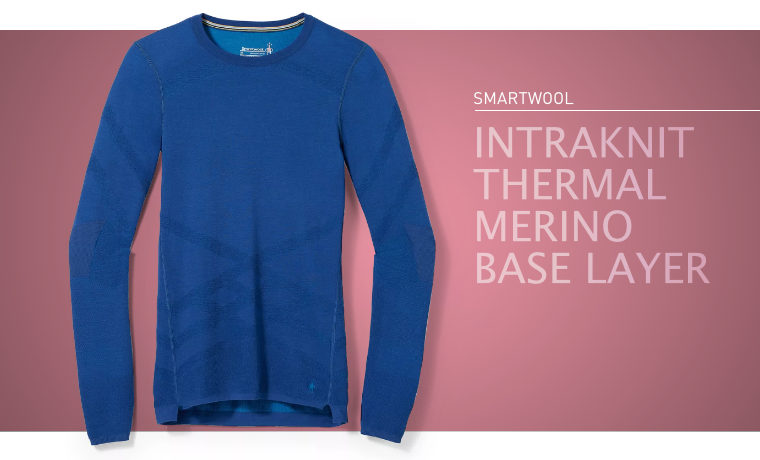

Smartwool Intraknit Thermal Merino Base Layer Crew
The Smartwool Intraknit Base Layer offers the perfect blend of fabrics for charging hard in the mountains. The anti-odour and moisture wicking properties of merino wool (53%) keeps means you can wear it for days, whilst the high polyester content deals with moisture build up better than our full merino options like the Armadillo Artemis Base Layer, below.
I really like the mesh ventilation panels, seamlessly knit into strategic places, which provide good levels of breathability during hikes or touring. And the snug fit, with a little extra length at the back, keeps the layer well in place under warmer layers or jackets.
If you want something warmer, the Smartwool 250 Base Layer is a better choice. However, this option offers excellent comfort and performance in a simple design that’s perfect for a whole range of active scenarios in cool conditions.
Pros
- Fast drying, for merino
- Good moisture wicking
- Simple design
- Snug fit
- Decent odour control
Cons
- No thumb loops
- Pricey
Find the latest price at:
Smartwool | REI | Amazon
Thrudark Stealth Seamless Base Layer Top
The body hugging fit of the Thrudark Stealth Seamless Base Layer Top is one of the most technical base layers that we’ve tried. As such, it’s also one of the most pricey options, along with the Armadillo top, but with more desirable features and techy fabric.
In terms of fabric composition, it most closely resembles the Odlo base layer with 53% merino content to provide all the properties that the wonder wool has to offer. But the Stealth offers more durability, softness and stretch thanks to its high polyamide content instead of polyester. Additionally, the fabric is made of areas of compression through the arms and seamless ventilation panels across the chest, lower back and under arms for unrivaled breathability when pushing the limits on the slopes or in the hills.
The Stealth is one of the few high neck base layers on our list further adding to its high performance design. The zippered neck opens low to the middle of the chest for deep venting when needed and provides full draft exclusion when zipped up to the top.
Finally, there are large thumb loops for even more draft exclusion. These are great when engaged in thumb cradling. However, when not in use they leave bigger than desirable holes around the wrist area. So it’s best to tuck those thumbs in!
Pros
- Excellent breathability
- Good odour control
- Performs well when wet
- High neck vents low
- Thumb loops
Cons
- Thumb loops gape when not in use
- Pricey
Find the latest price at:
Thrudark
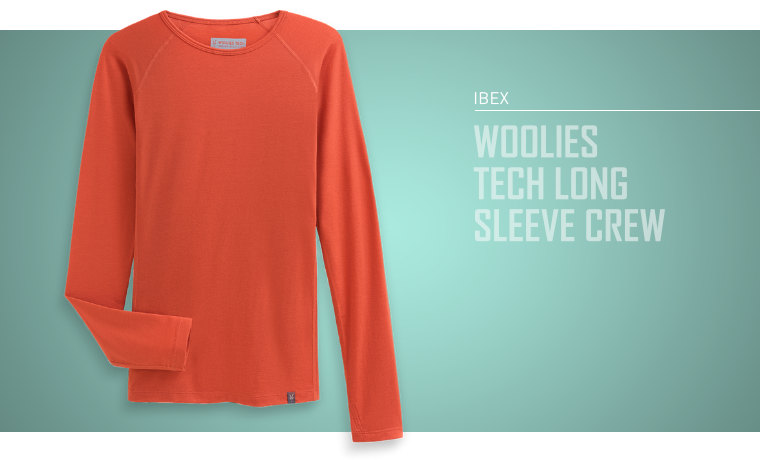

Ibex Woolies Tech Long Sleeve Crew
The merino wool (81%) and synthetic blend of this simple yet stylish base layer makes for a durable addition to your skiing and snowboarding get up. Boasting flatlock seams that are offset from the shoulder and underarms, it’s a superb choice for backcountry days as well as hiking when you’ll be thankful for the lightweight construction.
I really like that the thumb loops come sewn up. Thumb loops aren’t for everyone but if you can’t live without them then simply unpick them! Plus, there are some really lovely colours to choose from that are as suitable for everyday wear as they are for hiding away underneath your mid and outer layers.
The Tech Long doesn’t stay stink free for as long as the 100% merino base layers I’ve tried. And it’ll also take longer to biodegrade at the end of its life. However, it still resists odour build-up for much longer than synthetic options and it feels wonderfully itch free too.
Pros
- Thumb loops – sewn together for optional use
- Great colour choices
- Good odour control
- Lightweight
Cons
- Not as warm as other options
Find the latest price at:
Ibex
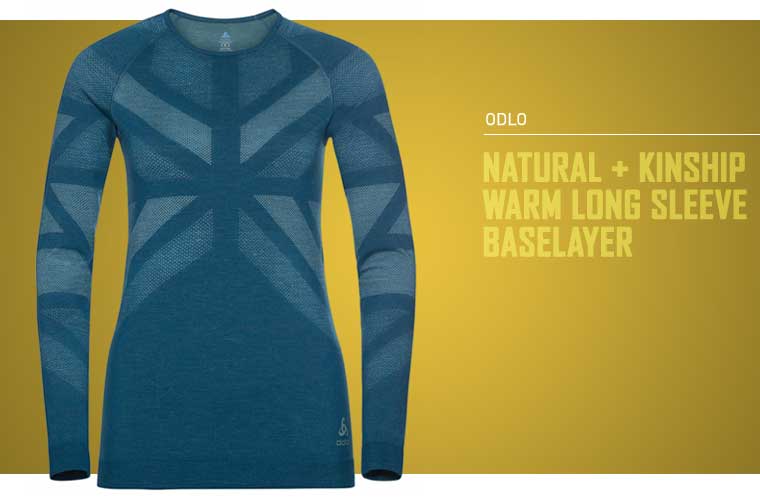
Odlo Natural + Kinship Warm Long Sleeve Baselayer
A few years ago I invested in some Odlo underpants for hiking. They’re still in tip-top condition and the most comfortable hiking underwear I own. So it’s not surprising that I’m completely in love with the cosy comfort of Odlo’s new Long Sleeve Baselayer. Firstly, it’s constructed with 52% merino wool which, although not as high a percentage as I’d prefer, still offers high levels of warmth and anti-odour properties. I can wear it for a couple of days of high intensity activity before it gets stinky! This blend of wool and synthetic fabric also means that it dries more quickly than base layers with high merino content.
Secondly, the fabric is exceptionally soft. This makes it a good option for those who are sensitive to wool but still want to enjoy the benefits. And thirdly, the cut is comfortably fitted with the added bonus of being seamless through the torso. The arm and shoulder seams are flat-stitched and the shoulder seams are offset making them backpack compatible. Finally, the hem of this Odlo base layer is slightly tapered in, helping it stay in place and not ride up.
Aside from it falling short on odour control, this is one of my favourite base layers (though I don’t really wear it without a layer over the top as it very much looks like a base layer).
Pros
- Super comfortable
- Great moisture wicking
- Dries quickly
- Lightweight
- Durable
- Good odour control
Cons
- Looks like a base layer!
- No thumb loops
Find the latest price at:
Odlo | Amazon
Isobaa Women’s Merino 180 Long Sleeve Crew
Whoever said that base layers should be dull? Certainly not Isobaa, that’s for sure! In fact, many would argue that the perfect base layers for skiing and snowboarding are the ones that slide seamlessly from the slopes to the social scene. And that’s not just aesthetically; a stink-free base layer is also essential. No matter how hard you charge on the mountain the magical Merino wool of the 180 Crew will last you for days of activity before you need to wash it.
It’s made from 100% Merino wool (180gm 18.5 micron), and also has an extra long back to tuck nicely into your long-johns, a slim fit that retains its shape, and extra length at the sleeves to keep the draft out. Plus, the wool that Isobaa use in all of their products is sourced from non-mulesed sheep. A huge bonus.
The main downside is the lack of durability, which is a common issue with merino clothing. My top has developed a couple of small holes over the years. But a couple of small stitches sorts them out and they’ve not run or grown since.
Pros
- Very comfortable
- Great colour choices
- Very good odour control
- Lightweight
- Suitable for wear without another layer (style-wise!|)
Cons
- Not super durable
- No thumb loops
Find the latest price at:
Isobaa
BAM Women’s Perform Bamboo Base Layer
Available in four refreshingly bright colours, the Perform Bamboo Base Layer is the kind of active top that you’ll find yourself wearing all year round, not just on the slopes. It boasts a form fitting shape with extra length at the back to tuck into your long-johns, and comfortable thumb loops that don’t pull on your hands for lack of length.
I really like the side panels that prevent chafing under the arms, especially noticeable as the fit is so snug. And the fabric has a wonderfully soft, next to skin feel thanks to the sustainable and eco-friendly blend of bamboo viscose and organic cotton. This makes the Perform an ideal option for environmentally conscious skiers and adventurers with skin that is too sensitive for merino.
The fabric struggles to compete with merino in the stink-free stakes, however, it does much better than synthetic base layers. It also performs in a similar way to merino when it comes to moisture management: wicks away well, is breathable but holds onto water a little more than synthetic fabric.
This stylish and mega comfortable base layer is a superb vegan option that is also sustainable.
Pros
- Thumb loops
- Super soft fabric – good if you find merino itchy
- Seamless underarms
- Very comfortable
Cons
- Doesn’t dry quickly
- Not as thermal as other options
Find the latest price at:
BAM
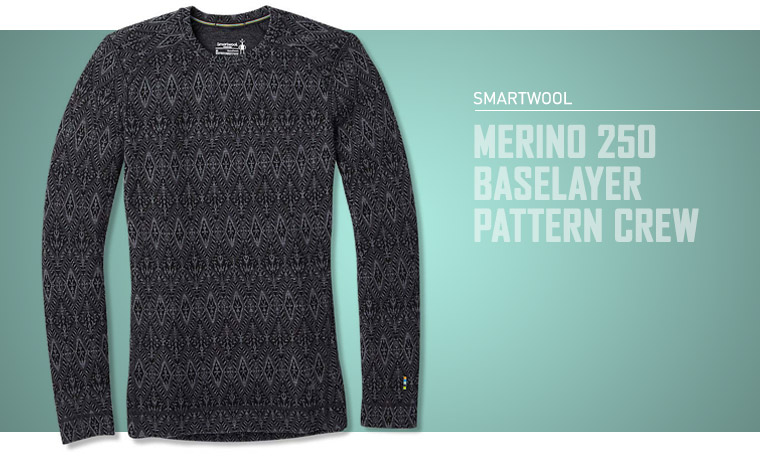

>Smartwool Merino 250 Baselayer Pattern Crew
Smartwool are another merino-worshipping brand who don’t take their base layer styling too seriously. Their new line of patterned crew tops offers anything from muted greys with subtle swirls to big stripes and geometric patterns in hot pink, and everything in between! They’re fun and funky. But more importantly, the 100% merino fabric is mega comfortable next to your skin with not a hint of wooly itchiness.
The 250 weight merino wool provides extra cosiness, making the Smartwool 250 Crew the warmest base layers on our list. It also boasts flatlock seams for minimal chaffage, and backpack-friendly shoulder panels whose seams sit below the shoulders rather than on top. It’s ideal alongside lots of other layers on those super cold days on the mountain. But its extra warmth also makes it a good option to wear directly underneath an outer shell on warmer days. And if you’re a cold person like me, you’ll find yourself wearing it right through the winter underneath your everyday clothes.
Pros
- Super warm – warmest on the list
- Fun designs
- Great odour control
- Very comfortable
- Seamless shoulders
Cons
- Doesn’t dry especially quickly
- No thumb loops
Find the latest price on:
Amazon | REI | Smartwool | Backcountry
Armadillo Merino Artemis Women’s Long Sleeve Crew Neck
The exceptionally cosy Artemis is up there with the best merino tops you will lay your chilly hands on. Made with super fine (18.9 micron) merino, this miracle wool isn’t itchy at all – even on the most sensitive skin. As well as close fitting warmth, the Artemis also features double layered cuffs to keep us ladies warm where we need it the most, as well as a bit of extra length at the back to tuck right into your ski pants or long-johns.
The updated version has a slightly wider neck, which I find a little drafty compared to its earlier model which was much cosier at the neck. But this does make the top a little more stylish for everyday wear. Together with its incredible capacity to take forever to get smelly, you’ll have no qualms about wearing it all day on the slopes and well into the night, (depending on your commitment to apres ski!)
Pros
- Thumb loops
- Double layer at the wrists
- Great odour control
- Lightweight
- Simple but stylish design
Cons
- Not especially durable
- Pricey
For more detail on why the Artemis rocks, read our full review.
Find the latest price at:
Armadillo Merino
Helly Hansen HH Dry Stripe Base Layer Crew
If you want a base layer that really stands out on the slopes, look no further than the Helly Hansen’s Dry Stripe Base Layer, which comes in 14 different colours combinations, ranging from black and white to lime green and red. Iconic Helly Hansen stripes run down the outside of each sleeve in a contrasting colour.
This is one of the driest shirts on the list because it is made from fast-drying polypropylene that is also incredibly durable; two of our reviewers have worn theirs for years and they’re still going strong. Depending on the size you choose, the design is fairly tight fitting around the chest and mid-section.
This shirt is one of the least expensive base layers we’ve tried making it an excellent option for those looking to make their investment go a long way. However, unlike most of the natural fabric base layers, you’ll need to wash it after almost every wear as it tends to get stinky pretty quickly.
Pros
- Super durable – will last you forever!
- Dries super quickly
- Inexpensive
- Good moisture wicking
- Comfortable
Cons
- Bad odour control
Find the latest price on:
Helly Hansen | Amazon | REI | Backcountry
Patagonia Merino Air Hoody
The versatile hood on the Patagonia Merino Air Hoody is especially appealing for those hitting up the backcountry or hellbent on skiing in all conditions and needing a little more protection from the elements! Our reviewer, Owain George, is a snowboard instructor and wears this on splitboarding missions when core temperature can fluctuate wildly between the uphill slogs and the downhill rides, and everything in between. The hood goes up and down constantly to adapt to the conditions. When not in use, the hood wraps around the neck like a cowl; it can even be pulled up in front to cover your chin.
This stylish hoody is knit from a wool/polyester yarn in a unique design that features very few seams. The minimal seams and the extra soft yarn make this one of the softest shirts on our list. The material (which is made in part from recycled plastics) is stretchy and delicate, so hand washing is recommended to extend the life of the garment.
The main downside, compared with 100% merino base layers, is that it gets smelly more quickly. The flip side of that, however, is that is dries more quickly which is certainly appealing (and essential) when touring or hiking in the backcountry.
Pros
- Integrated hood
- High neck
- Super soft and comfortable
- Lightweight
- Stylish
Cons
- Not especially durable
- Average odour control
Find the latest price at:
Patagonia | REI | Alpine Trek | Backcountry
What to Look for in Base Layer Clothing
Material
The best base layers are more than just clothing underneath a jacket or snow pants. Because you will be wearing at least one layer of clothing on top, look for thermal base layers that are thin and smooth.
Merino wool is a popular material because it is warm, moisture wicking, and naturally odour resistant. For the eco-conscious out there, merino is also biodegradable in under a year, compared with its synthetic cousins that can take up to 40 years to decompose. That said, some people find even the finest merino irritating to the skin.
Synthetic base layers offer a good alternative to merino. They also tend to dry much faster and are highly durable. I’ve had my Helly Hansen Dry Stripe for over 15 years and it’s still going strong! Synthetic fabrics get smelly pretty quickly though, and often don’t offer the thermal properties that merino base layers offer.
Bamboo fabric is slowly making its mark on the world of active clothing, and for good reason: it is sustainable, naturally antibacterial, and super soft on the skin.
Comfort
Base layers should fit snugly so they do not add unnecessary bulk or discomfort underneath your outwear and mid-layers.
Other features to look for include:
- Flat seams – as base layers are designed to be worn next to the skin, low profile seams are an essential feature to prevent chafing, especially around the shoulders and armpits. Check the inside of the seams to see how they are constructed and make a point of putting pressure on the seams when you try on your base layer for the first time. The best seams shouldn’t be felt at all.
- Long back – extra length at the rear hem is an important design feature if you want your base layer to keep the cold out and the warmth in. The length allows you to tuck your base layer into long-johns or ski pants and not come out of you bend, fall over, sit or just ski super hard!
- Long sleeves – there’s nothing worse than having snow sneak into the cuffs of your ski jacket and up your sleeves, which inevitably, it will do at some point! Having sleeves that you’re able to tuck right into your gloves will not only prevent that pesky snow from touching your skin, but it will also keep out the draft if your gloves come untucked from your ski jacket.
- High neck – not all base layers have a high neck as many people prefer to wear a buff or keep their neck free. However, if you’re skiing in windy or extra cold conditions, a base layer with a high neck can be a real comfort. Look for one with a zipper and you’ve got the best of both worlds as it will enable you to vent easily if the temperature rises, or when you’re working extra hard to get your turns as slick as possible!
- Thumb loops – most base layers for skiing and snowboarding don’t come with thumb loops. Many people hate them and find that when your thumbs aren’t in them, there’s a gaping hole in your base layer around the wrist area. However, if the garment is designed properly, this shouldn’t be the case. Slipping your thumbs into the loops helps keep the draft out and also prevents your sleeves from riding up out of your gloves.
Warmth
The ultimate goal of a base layer is to regulate your temperature so that you are comfortable. There’s no point having a super thick top that is so warm you end up sweating excessively as soon as you start to move. A base layers’ moisture wicking properties play a big part in this by drawing excess sweat away from your body before it cools. So although it’s important for base layers to be warm, they also need to be appropriate to your activity levels and location, and be paired with appropriate outer layers and mid-layers (if applicable).
Whether you are looking for something extra thin or warm enough to wear alone on warm winter days, there is a base layer for everyone on our list of the best base layers for skiing. Narrow down the many choices by picking the material and cut that is best for your needs and body type and get ready to spend your days on the slopes. Cold, bulky base layers will be a thing of the past when you find the perfect thermal ski wear for your next outdoor adventure.


